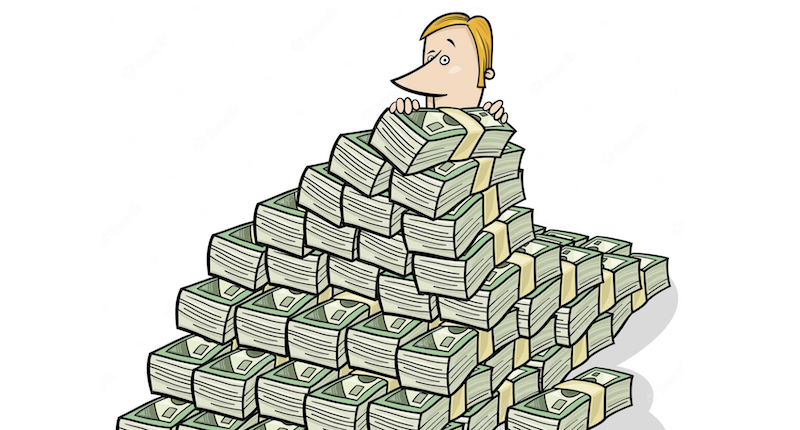In the fast-paced world of forex trading, leverage is one of the most powerful tools available to traders. However, the topic of leverage is often met with a mixed bag of opinions; some see it as a golden opportunity, while others regard it as a double-edged sword. This article aims to demystify the concept of leverage in forex trading, explore what constitutes good leverage, and provide insights into how it works.
What is Trading Leverage?
Leverage in trading refers to the ability to control a large position in a financial instrument with a relatively small amount of capital. It’s like a loan provided by the broker to the trader. Essentially, leverage magnifies both gains and losses, making it possible to earn significant profits but also exposing traders to the risk of substantial losses.
In forex, leverage is often expressed as a ratio, such as 50:1, 100:1, or even 500:1. A 50:1 leverage ratio means that for every $1 in your trading account, you can control a trade worth $50.
How Does Leverage Work in Forex?
When you decide to open a leveraged position in forex trading, you are essentially borrowing money from the broker to increase the size of your trade. Let’s consider a simplified example:
You have $1,000 in your trading account and wish to trade the EUR/USD pair. If you use 50:1 leverage, you can control a position worth $50,000. If the trade goes in your favor and the EUR/USD pair moves up by 1%, your gain would be $500 instead of just $10 without leverage.
However, it’s crucial to note that losses can be magnified similarly. If the EUR/USD pair moves down by 1%, you would lose $500 instead of $10.
What is a Good Leverage for Forex?
Determining what constitutes “good” leverage depends on a variety of factors, such as risk tolerance, trading strategy, and experience level.
Beginners:
For those who are new to forex trading, it’s often advisable to start with lower leverage, such as 10:1 or 20:1, to minimize the potential for large losses.
Intermediate Traders:
Intermediate traders who have gained experience and a reasonable understanding of risk management can opt for higher leverage ratios, perhaps 50:1 or 100:1.
Advanced Traders:
Advanced traders, who are adept at using complex trading strategies and have a thorough understanding of market conditions, may choose to use leverage ratios as high as 200:1 or even 500:1.
Risks and Precautions
Leverage is not without its risks. Traders can quickly lose their initial investment if the market moves against them. Therefore, it’s crucial to implement robust risk management strategies, such as setting stop-loss orders and only risking a small percentage of your trading capital on a single trade.
Good leverage in forex depends on your experience and risk tolerance, ranging from 10:1 for beginners to 500:1 for experts.
Trading leverage is the ability to control a large financial position with a small amount of capital, magnifying both gains and losses.

